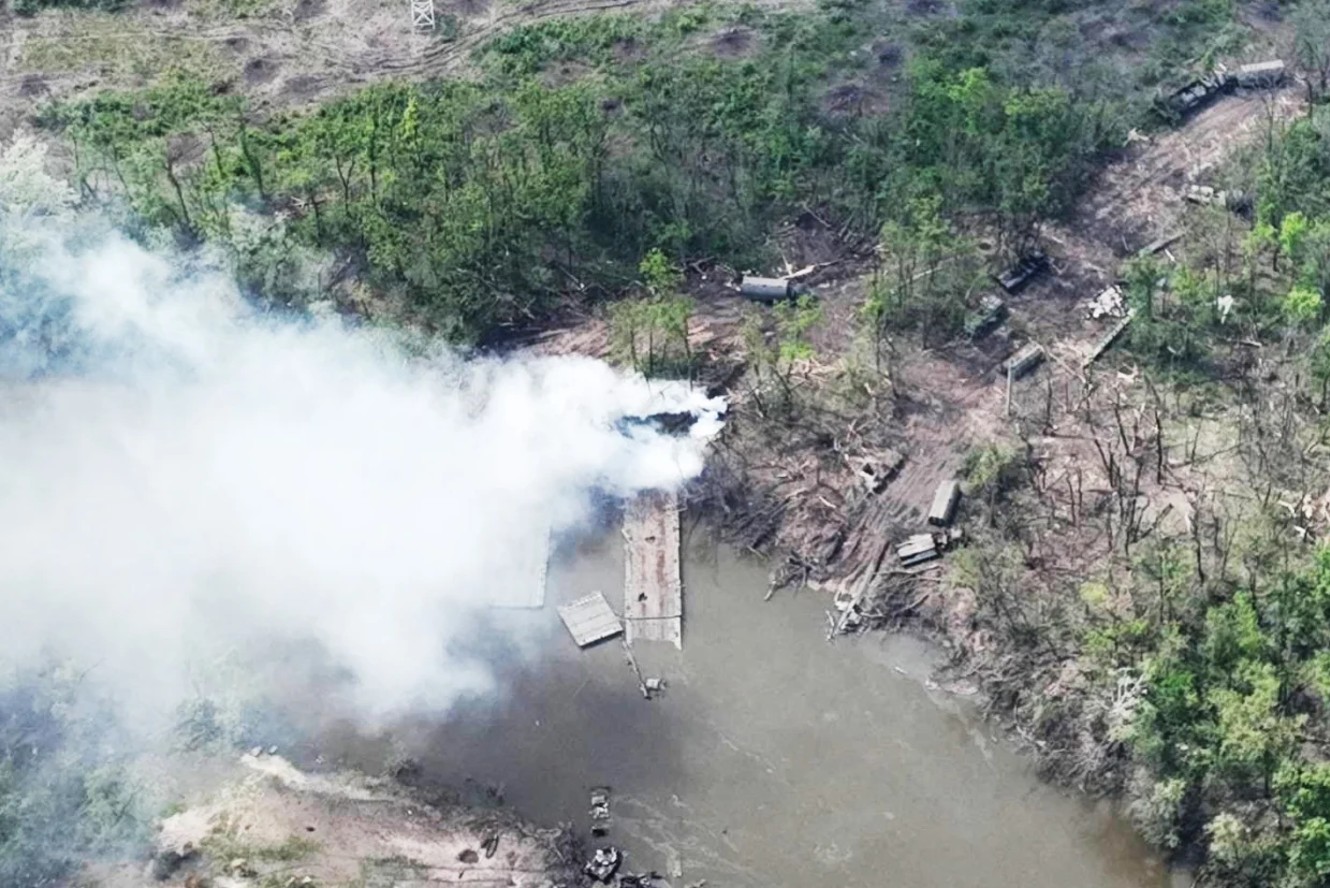I don't agree with the bolded.No doubt but how much of the so called lessons are stuff we already knew?
Like various other armies which had an overmatch over their enemies but ultimately did not achieve their objectives.
Given that we're still learning new things about WW1 and 2; it'll be a long while before we get the whole picture on this war.
Bad logistics, poor leadership, poor intelligence, precision weapons, training, unmanned systems have probably contributed to Russia's problems
It was a combination of various things which should also serve as a wake up call to other armies who might find themselves in a similar position but against an opponent which - unlike Russia - has trained to conduct a high tech; high intensity protracted war.

Would We Do Better? Hubris and Validation in Ukraine
The hapless Russians are flailing in Ukraine. Their poorly prepared, unprofessional soldiers are incapable of modern combined arms warfare. Even ifwarontherocks.com
Well if they can't and the Ukrainians are able to sustain this tempo indefinitely; then the Russians will be out of the Ukraine eventually. Personally I don't see that happening anytime soon. Sooner or later things will slow down until they resume in intensity again and by that time the Russians hope they'll be in a better position.
Defence forces around the world would be learning an incredible amount at the moment and I think there will be massive changes to things like force structures, procurement priorities and defense tech design and development in the very near future, based on learnings from Ukraine.
To infer that countries already knew how a war of this nature would play out based on Bosnia and lessons learned from Afghanistan/Iraq and even WW2 and WW1 is re-writing history a bit.
We've never had a super power like Russia engage in a full scale war against a Western Country with the population resources of someone like Ukraine, and fought logistically (by proxy) with most of the other western major military powers with a suite of the most advanced weaponry available.
If we knew most of the lessons regarding Ukraine (I will use Australia as an example), I doubt Aus would be waiting on the delivery of our first land based mobile rocket launcher platform. HIMARS has been one of the major factors in turning the tide of this war in the last month and Ukraine hasn't even deployed ATACMS to the battlefield yet. They are arguably the single most valuable bit of kit Ukraine are deploying at the moment based on their operational effectiveness so far. Even though the nature of the Ukraine War and Australia's land based Army and their requirements and scope of involvement are completely different, I'm predicting Aus makes a much greater further investment in more HIMARS launchers in the near future following the effectiveness of HIMARS in defending a land invasion against a supposedly greater military force (Ring any bells?)
Ukraine will be known as the war of the drone and autonomous platforms . It very much might be a turning point in world history regarding the the importance of armor. Whilst it will always remain a key pillar of any land force, it's never been as vulnerable in it's history as in this war.
It very much changes theories regarding "nothing can beat simple boots on the ground", doctrine regarding modern defensive positions and retention rates of infantry in a truly modern battlefield. One of the biggest killing machines to date in the war has been a $1500 civilian fishing drone dropping bait bombs with rigged grenades, reaching formally impenetrable defensive positions in traditional combat doctrine, results previously only really achievable with air superiority and massive investment in high cost air platforms.
Again, I will use Aus as an example, I know the Australian Army already have a wide range of drones in their inventory now numbered in the thousand(s), however, I'm predicting further investment goes into hyperdrive following Ukraine. Ukraine has shown their effectiveness even at a micro level, that they can become a force multiplier at a basic level.
I could keep going on and on regarding precision artillery, vulnerabilities in modern armor design not exposed to this extent in a modern war, the relative back seat the air force and navy's etc have played so far. But others can probably better articulate it than me.
But I expect a lot of things to change once the dust (literally) settles on Ukraine, with a lot of modern militaries.
Last edited:



















